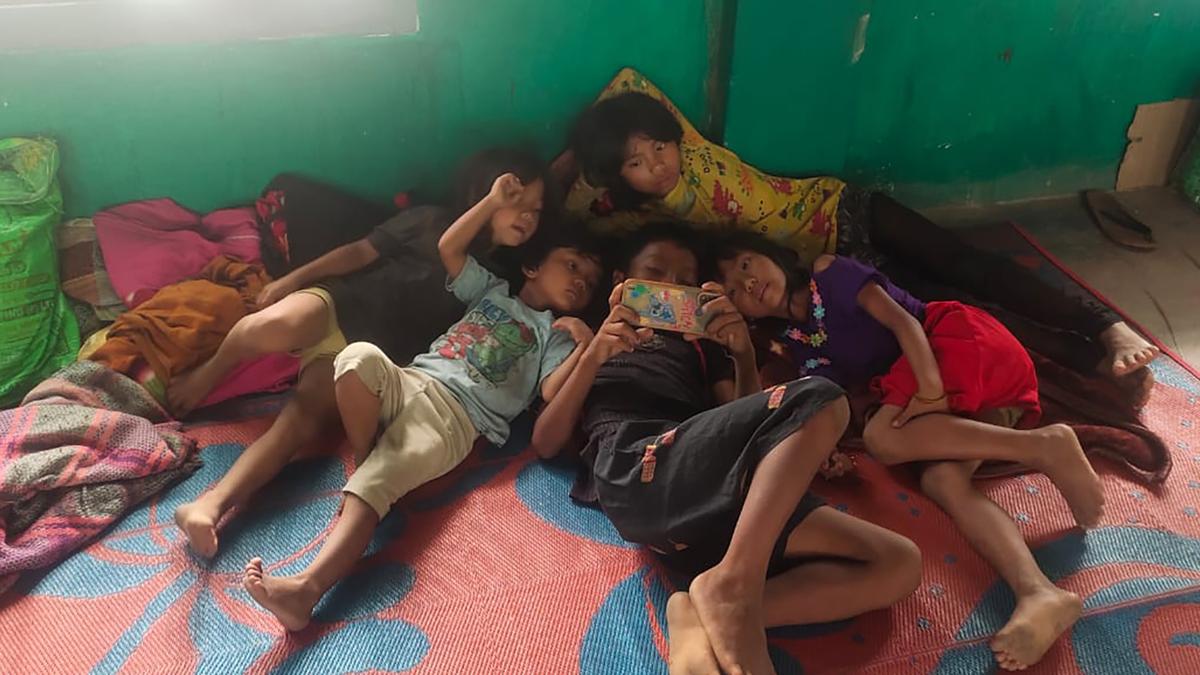When Sukanya Ramgopal walked into the percussion scene over five decades ago, she didn’t just carry a ghatam, she had for company defiance, grit, and the will to break barriers.
Today, seated among legends at the National Percussion Festival in Thrissur, she smiles with grace and a quiet fire. “Of course there was hostility,” she says. “Percussion is seen as a male domain. But here I am, more than 50 years later.”
‘Too delicate fingers’
Sukanya is the first woman to play the ghatam professionally in the Carnatic tradition. Her entry into the field wasn’t easy. Even her guru, the legendary Vikku Vinayakram, was hesitant. “He said my fingers were too delicate for the ghatam. I was 12. But by 13, I had switched from mridangam to ghatam. Within six months, I was performing in small concerts.”
But the real turning point came when she was around 26. At a reputed concert venue, the mridangam player refused to perform alongside a woman. “I was shattered,” she recalls. “That moment burned. But it also lit a fire in me. If doors wouldn’t open, I’d build my own stage, I told myself.” And she did, boldly.
Transforming ghatam
In 1993, Sukanya shattered convention with ‘Ghata Tharang’, a revolutionary concept where she played six to seven ghatams tuned to different pitches. She transformed the humble, supportive ghatam into a solo powerhouse, giving it a melodic voice rarely heard before.
The very next year, she doubled down on her vision launching Stree Taal Tarang, India’s first all-women percussion ensemble. It wasn’t just a performance group; it was a protest in rhythm, a celebration of female artistry that dared to defy a deeply male-dominated space.
“I wanted to pull the ghatam out from the shadows, from the margins, and place it at the centre stage,” she says. And she did. Audiences across India and abroad gave her standing ovations, clapped for every intricate swara pattern. Recognition poured in. But even today, she points out, the field remains a male stronghold. “Few women take up percussion. The opportunities are rare, recognition even rarer.”
‘Art above barriers’
Her message to aspiring women percussionists is clear: “There may still be stigma. You may be pushed aside. But you have to carve your own niche. Don’t wait for a place, create it.”
Art, she believes, must rise above barriers. “There should be no discrimination, no gender, caste, religion, or colour in art. The soul of art is humanity.”



.png)
.png)
.png)
















 5 hours ago
5
5 hours ago
5









 English (US) ·
English (US) ·